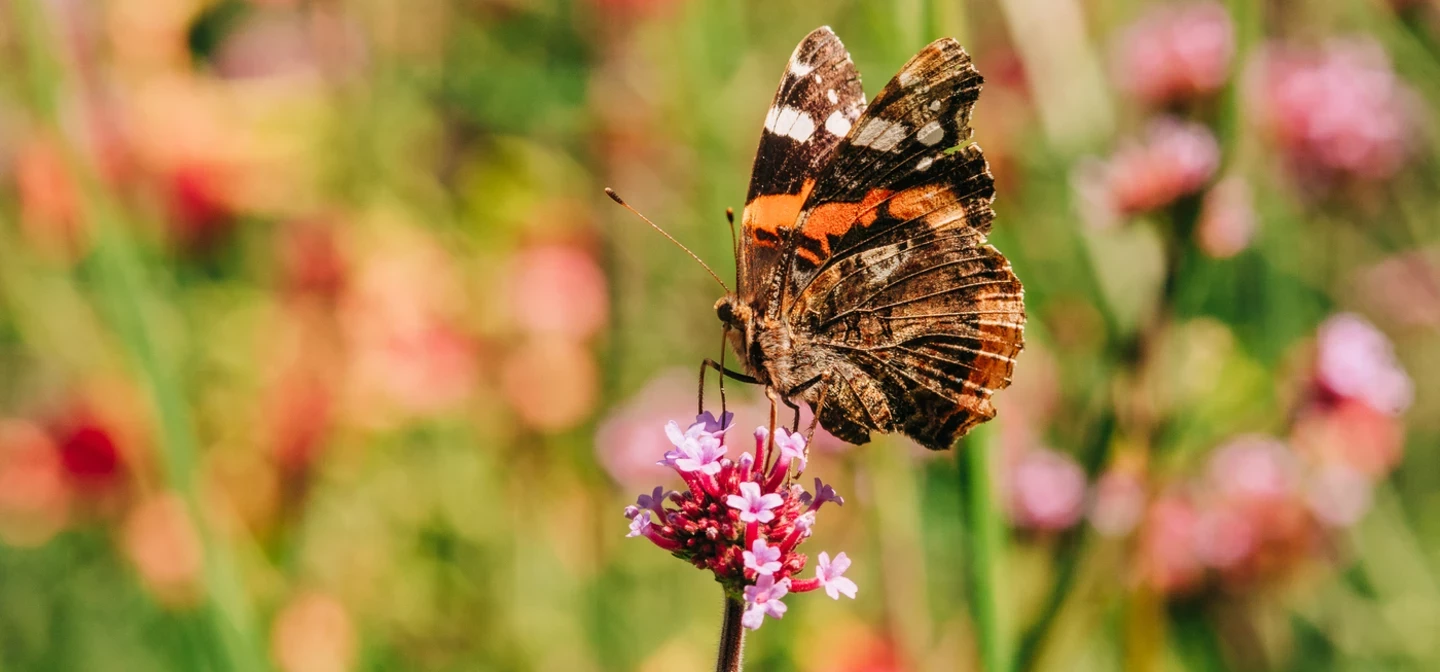
Greenwich Park’s Flourishing Grassland Habitats: Bringing Back the Butterflies
Regular visitors to Greenwich Park may have noticed changes to the landscape, finding themselves strolling through longer grasses in new areas rather than the mown parkland that has characterised a lot of the park for decades.
Through Greenwich Park Revealed - an £8 million, four-year project supported by the National Lottery Heritage Fund - we’re working to improve the park’s natural environment by creating new and diverse habitats for wildlife.
Greenwich Park is a site of Metropolitan Importance for Nature Conservation. It’s a real haven for wildlife within the bustle of London. But in recent years, traditional park management has meant the park has not reached its full ecological potential.
Greenwich Park’s acid grassland
Greenwich Park was originally heathland – dry, sparse grassland growing on acidic, sandy soil. This ‘acid grassland’ is now a rare and nationally-important habitat and is home to wildlife which loves sun and bare, patchy ground – mining bees, digger wasps, butterflies, insect-eating birds, and plants such fine-leaved grasses, lichens and gorse.
At the moment, acid grassland is mostly confined to the park's southern half – the largest area is Croom’s Hill. In summer, the crimson flowers of sheep’s sorrel attract butterflies like the small copper, and the ground is peppered with tiny holes - the nursery burrows of mining bees.
Changes to the park’s mowing regime
Since the 1960's, regular mowing to create lush thick lawns has restricted the growth of more natural grasslands across the park limiting the potential for wildlife to thrive.
So, we’ve switched to mowing the grass just once a year rather than every fortnight.
We’ve worked with experts to carry out ecological surveys of Greenwich Park, and this information has identified the areas of the mown parkland where habitat restoration will be most effective for wildlife.
Based on these findings, we’ve mapped out new areas which will have the most potential as new meadowland with longer grasses. We’re being careful however to leave the most popular areas which are currently used for recreation as shorter grass so they can be enjoyed by visitors to play on.
This relaxed mowing regime allows grasses and wildflowers to flourish, providing an excellent grassland habitat for fungi, invertebrates, including pollinators, and small mammals such as mice and voles, which in turn will provide food for the iconic tawny owl that breeds in the park. It will provide better feeding and nesting habitats for birds such as the house sparrow – a species that has been declining dramatically in recent decades.
The benefits of natural grassland habitats
These more natural grassland habitats will benefit butterflies in Greenwich Park, including grassland specialists such as the meadow brown, Essex skipper, marbled white and small copper. These butterflies feed on grasses and wildflowers as caterpillars, larvae and adults, and find shelter within the rough grasslands during pupation.
We hope that people will really notice the difference and be inspired to discover, learn about and enjoy nature in this much-loved, beautiful park. Instead of walking through recently-mown grass, we want visitors to enjoy the historic landscape and spot some of the amazing wildlife that thrives in wild acid grassland.
Bringing back the butterflies
There are four butterfly species we hope will benefit from the relaxed mowing regime and the flourishing natural grassland.
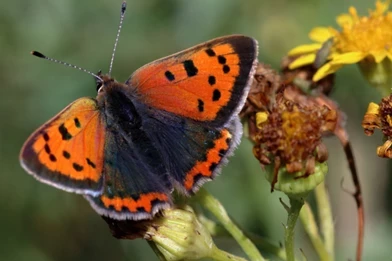
Caterpillars eat sheep’s sorrel so less mowing should benefit this butterfly.
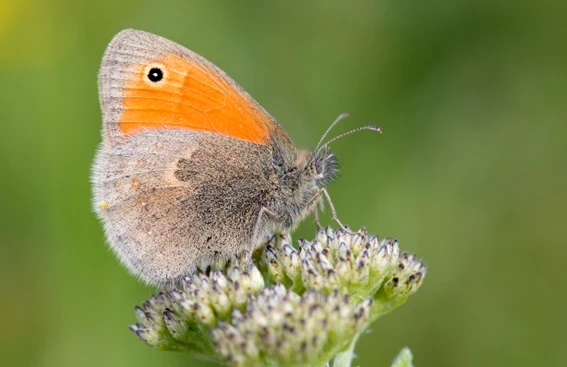
Always settles with its wings closed, the eyespot on its wing acting as a decoy to predators. Caterpillars eat wild grasses.
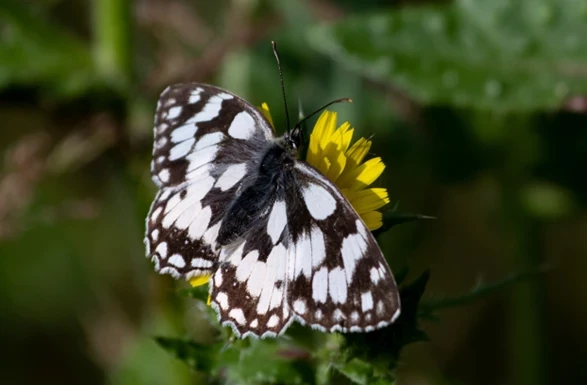
Adults prefer purple wildflowers such as thistles and this striking butterfly may be found roosting halfway down tall grass stems. The caterpillars eat wild grasses.
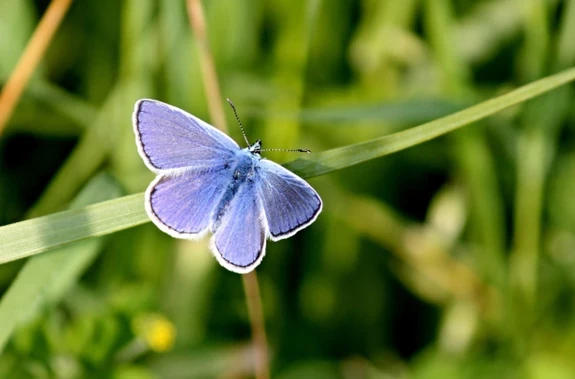
Likes sunny, sheltered spots. Caterpillars eat wildflowers such as white clover and birdsfoot trefoil. Males are blue, females are brown with a dusting of blue and orange spots along the wing edges.
Related Articles
-
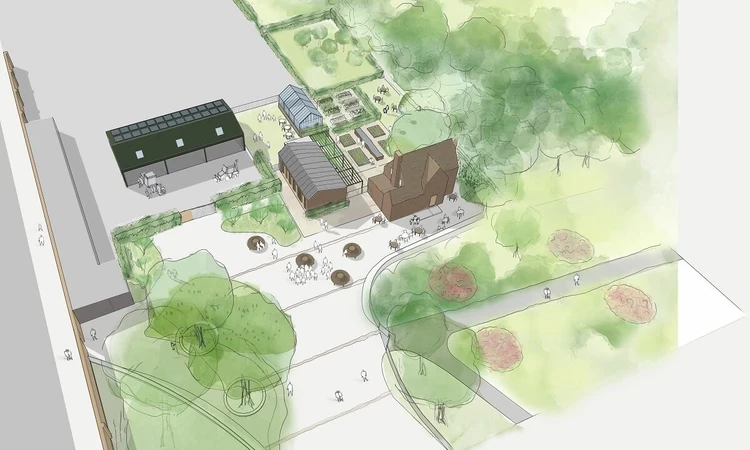
The Royal Parks shares revised plans for new learning centre
The Royal Parks charity has unveiled revised plans for a learning centre and improved visitor facilities which will increase public access.
-
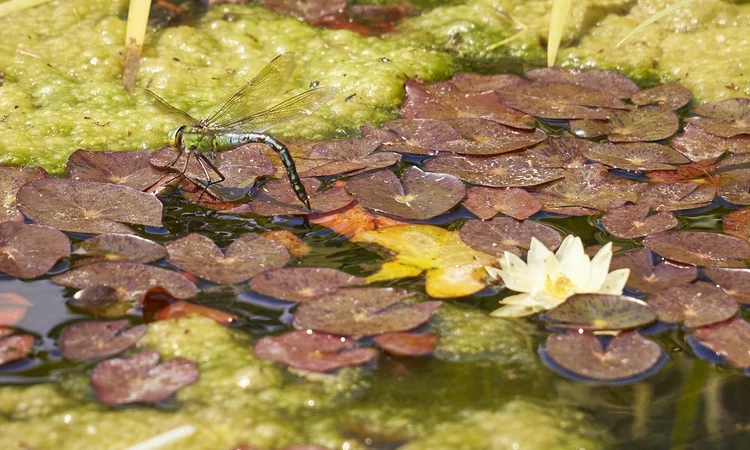 Read
ReadCreating a haven for frogs, newts and dragonflies
We’re restoring the Flower Garden Lake in Greenwich Park to support wonderful wildlife.
-
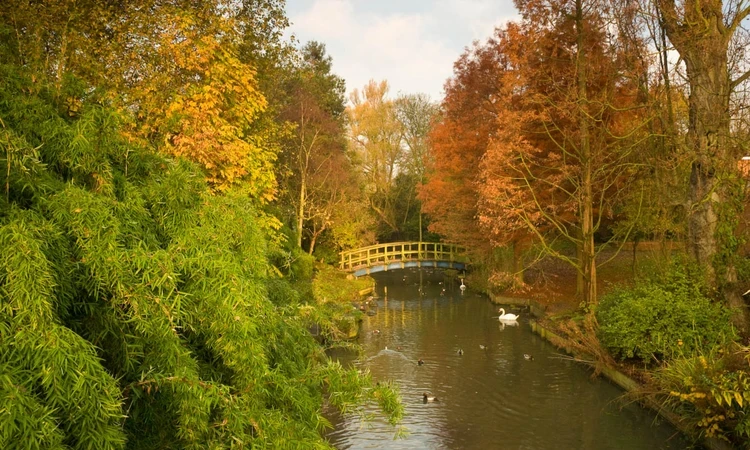 Read
ReadBest trees to see this Autumn in London’s Royal Parks
Autumn has arrived in the Royal Parks and we've put together a list of the best trees to see this season.